pressure relief valve
Showing all 7 results
-
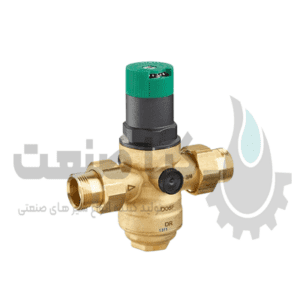
Honeywell D0F6 Pressure Reducing Valve
-

Isfahan steam water pressure relief valve
-
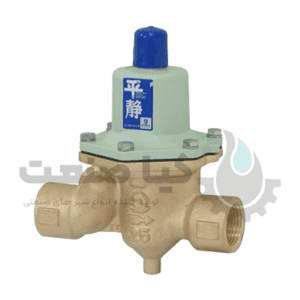
pressure relief valve model RD-31N
-

Samson Pressure Reducing Valve Model T2595
-
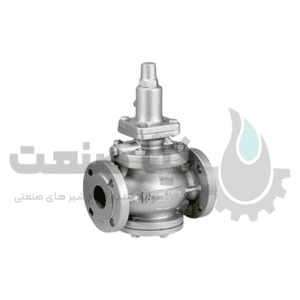
Samyang Pressure Reducing Valve Model YPR-1S
-
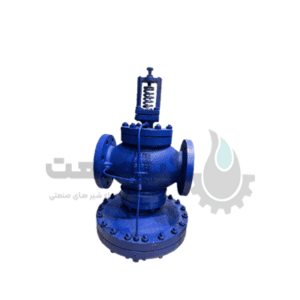
Spirax Sarco pressure relief valve
-
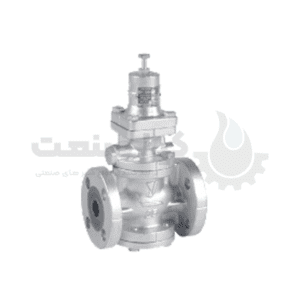
Yoshitaki GP-1000 pressure relief valve
pressure relief valve
Pressure relief valve is a device that is used in piping systems and pressure distribution networks, industrial systems to control and regulate water and gas pressure.
These valves are able to reduce pressure. Pressure relief valves operate automatically or manually.
Pressure relief valves are commonly used in the oil, gas, electric, water and wastewater, construction and other industries to control fluid pressure in various systems.
Advantages and disadvantages of pressure breaker
Advantages of pressure relief valve:
- Energy saving: By reducing pressure, pressure relief valves can help save energy by reducing the work of pumps or compressors.
- Equipment Protection: Pressure relief valves protect downstream equipment from overpressure damage and extend their life.
- Constant pressure: These valves keep the pressure constant and controlled and ensure the operation of the equipment or system at the desired pressure level.
- Cost savings: By reducing pressure to a more manageable level, pressure relief valves can help reduce wear and tear on equipment, leading to lower maintenance and replacement costs.
- Noise Reduction: High pressures can cause excessive noise and vibration in the system. Pressure relief valves help to reduce the noise level by maintaining constant and controlled pressure.
Disadvantages of pressure relief valve:
- Pressure drop: Since the valve reduces the pressure, there is some pressure drop in the system. This can reduce the operational efficiency of the system.
- Maintenance Requirements: Pressure relief valves require regular maintenance to ensure proper operation, such as cleaning, lubrication and checking for leaks. Failure to maintain them can lead to malfunction or failure.
- Limited Control: While pressure relief valves provide pressure control at a general level, they may not provide precise control over different parts of a system. This can limit their effectiveness in certain applications.
- Initial Cost: Pressure relief valves can be expensive to purchase and install, especially for larger systems or applications that require high pressure relief. This initial cost may deter some users from implementing them.
Complexity: Pressure relief valves can be complex devices consisting of various components such as diaphragms and springs. This complexity can increase the probability of failure.
Use of pressure relief valve
Pressure relief valves are usually used in various applications to regulate fluid pressure within a system. Some of the main applications of pressure reducing valves are:
Piping and water supply:
Pressure relief valves are usually installed in water supply systems to reduce the high pressure of incoming water to a lower and more manageable level.
This prevents damage to pipes, fixtures and appliances and helps maintain consistent water pressure throughout the building.
HVAC systems:
Pressure relief valves are used in heating, ventilation and air conditioning (HVAC) systems to regulate the pressure of the refrigerant or heating medium.
By maintaining a certain pressure, valves ensure the efficient and safe operation of HVAC equipment.
Steam systems:
In steam distribution systems, pressure relief valves control the pressure of steam supplied to various processes or equipment.
This helps ensure the proper operation of steam engines, heating systems, and industrial processes that require certain steam pressure levels.
Industrial processes:
Many industrial applications require precise pressure control for optimal performance.
Pressure reducing valves are used in industries such as manufacturing, oil and gas, chemical and pharmaceutical to regulate the pressure of different fluids or gases used in different stages of the production process.
Fire protection systems:
A pressure breaker is used in fire protection systems such as sprinkler systems to control the water pressure entering the sprinkler heads.
This ensures that the water pressure is sufficient to contain the fire without damaging the sprinkler system components.
Irrigation systems:
In agricultural and landscaping irrigation systems, pressure relief valves are installed in water distribution networks and sprinklers to maintain optimal water pressure.
This helps prevent damage to the irrigation system and ensures efficient water distribution throughout the field or garden.
Oil and gas transfer:
In pipelines or oil and gas distribution networks, pressure relief valves are used to regulate the pressure of the fluids transported during transmission or distribution.
This ensures that the pressure is maintained within a safe range and enables an efficient and controlled flow of oil or gas.
In general, pressure relief valves play an important role in various applications where accurate and controlled pressure regulation is required to ensure safe and efficient operation of systems and equipment.
Components of pressure relief valve
1. Valve body:
The main housing of the pressure breaker is made of metal, which houses the other components and provides structural support.
2. Input and output ports:
The holes through which the fluid enters and exits the pressure relief valve.
3. Valve seat:
The sealing surface inside the valve body against which the valve disc (described below) closes to stop fluid flow.
4. Valve disc:
A moving component that opens or closes to control fluid flow through a relief valve.
When the fluid pressure exceeds the desired set point, the disc moves to restrict the flow and reduce the downstream pressure.
5. Spring:
The mechanical element that provides the movement force of the valve disc. It usually compresses or expands according to the desired pressure set point.
6. Adjustment screw:
A threaded component attached to a spring, which allows for manual adjustment of the set point and thus the downstream pressure.
7. Aperture:
Some pressure relief valves use a diaphragm to detect downstream pressure and actuate the valve disc.
This is usually used in more advanced and detailed designs.
8. Pressure gauge:
Some pressure reducing valves have a pressure gauge on the valve body to monitor upstream or downstream pressure.
9. Drain port:
A port located downstream of a valve disc to allow excess or low pressure fluid to exit or drain the system.
These are common components found in pressure relief valves, although there are variations depending on the design requirements and specific application.
You can get all kinds of manual faucets from Kiasanat.
Our best-selling pressure relief valves include Spirax Sarco pressure relief valve, Samson pressure relief valve pointed out.
You can read the article importance of pressure-relief valve in safety of factories.
